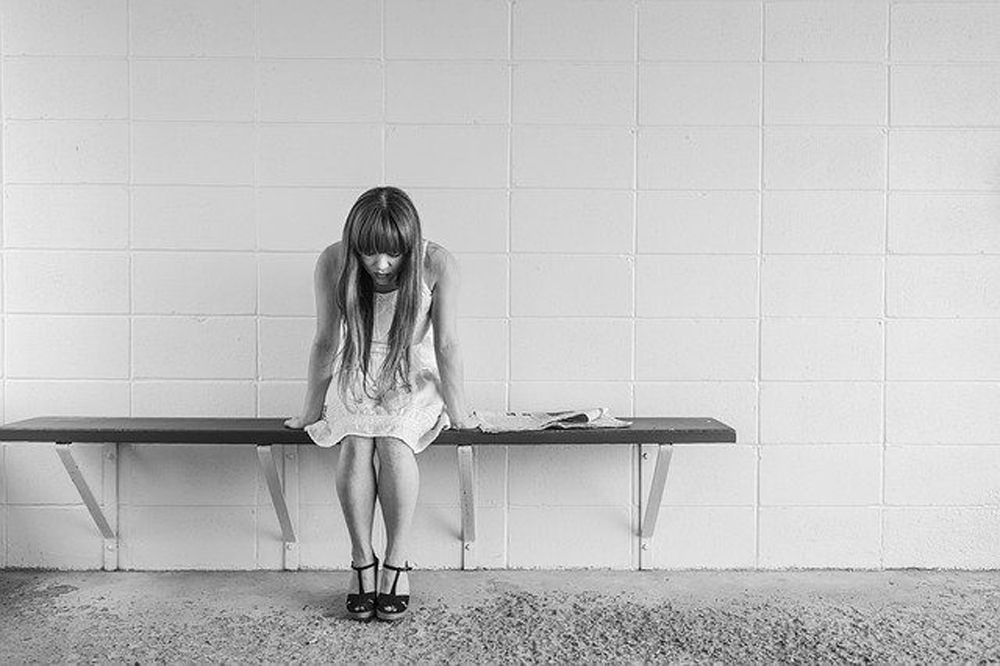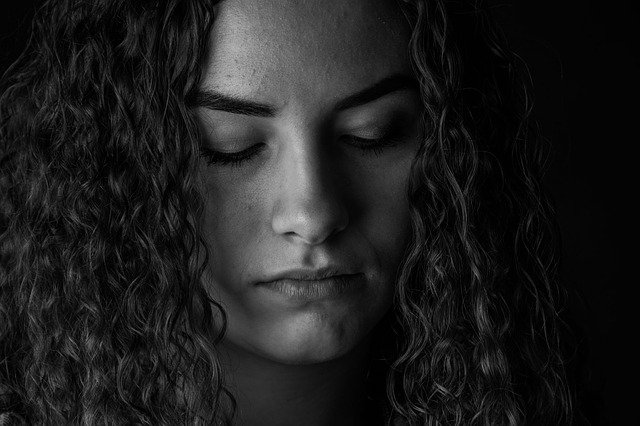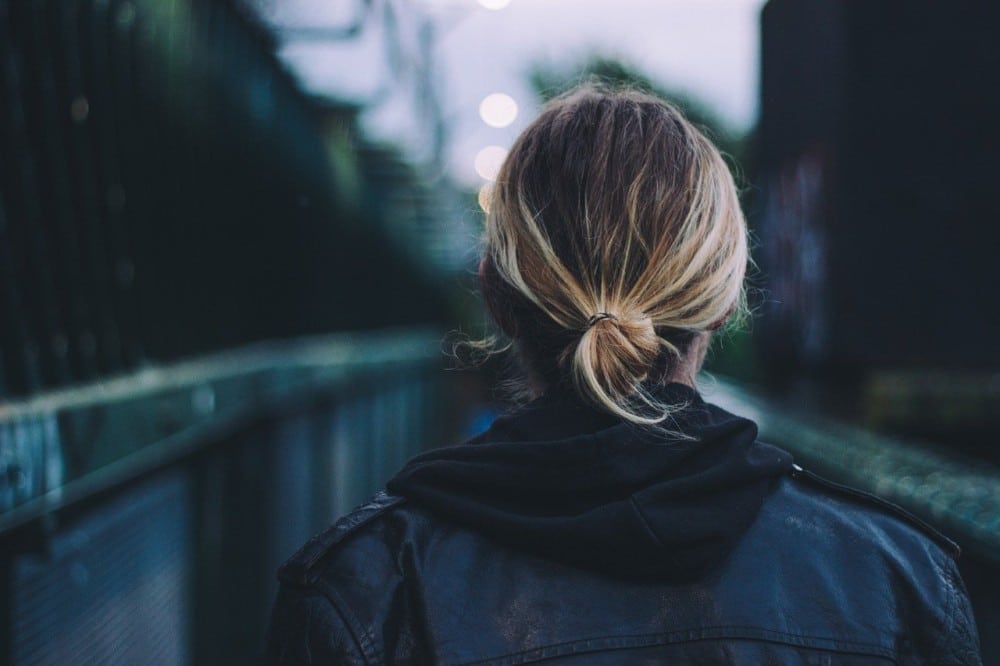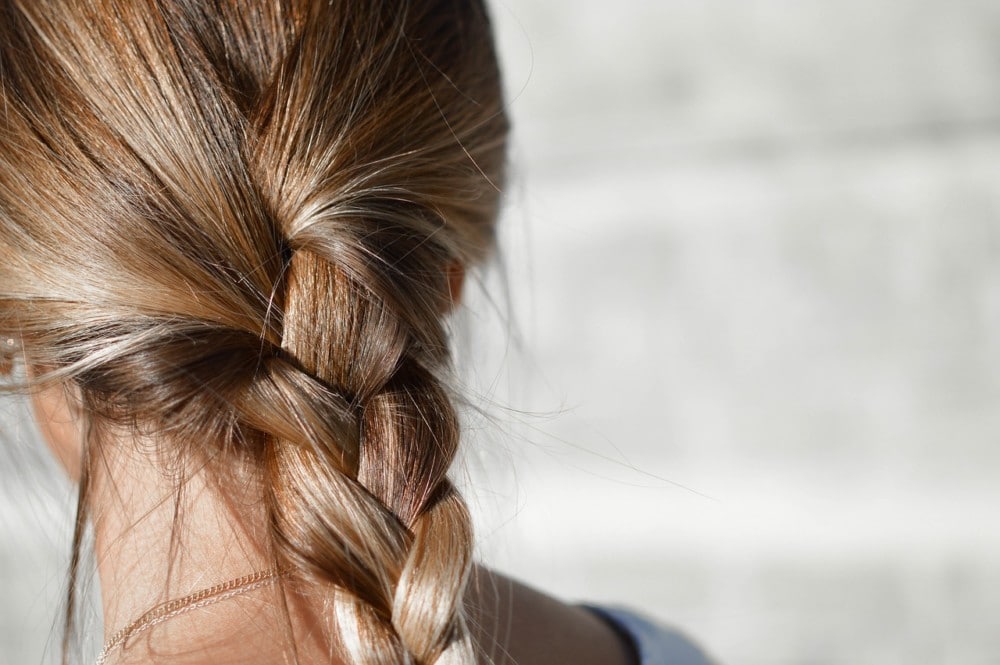Alopecia Areata might be associated with hair loss, but it is actually a skin disease. It can happen anywhere and can affect follicles present in the affected skin area. According to doctors, the condition is sometimes linked to other medical problems.
So, before you panic and go shopping for a so-called hair loss shampoo that promises you freedom from this condition, check your health first. Also, check out the facts about Alopecia Areata disease and hair loss.
Cause
As per the latest medical evidence, alopecia areata is a result of an abnormality in the body’s immune system. The abnormality causes autoimmunity, which is a misguided immune system that starts attacking the body’s own cells.
So in case of alopecia areata, the abnormal immune system begins to attack follicles. This disturbs the normal hair growth cycle.
Doctors who inspected biopsies of the affected area saw the presence of immune lymphocytes in the hair bulb of follicles.
According to medical experts, this hair loss condition is sometimes linked to other autoimmune diseases like lupus, vitiligo, thyroid disease, ulcerative colitis, and rheumatoid arthritis. It can also be triggered by chemotherapy, anemia, and vitamin and protein deficiencies.
Doctors also suspect the role of genes in this condition. It is found that such kind of hair loss runs in the family.
How to recognize this type of hair loss?
You will notice one or multiple balding spots on the scalp. This is the commonest signs of alopecia areata.
According to medical experts, you must expect a worse prognosis if:
- The pattern of hair loss is ophiasis, which means hair loss happens in posterior and temporal scalp
- Larger scalp areas are affected for prolonged periods.
Generally, there is widespread and significant thinning of hair on scalp. Doctors regard this as diffuse alopecia areata.
In certain cases, the patient loses all hair on the scalp, leading to complete balding. This is alopecia totalis.
In sporadic cases, patientsloss hair from the whole body. This condition is known as alopecia universalis.
Who is affected?
Alopecia areata usually occurs in adults from the age 30 to 60. In rare cases, it can affect young kids, but never in toddlers less than 3 years of age.
Alopecia areata disease hair loss is different from hair loss that happens due to pregnancy or effect of hormones.
Please remember:
Alopecia areata is different from androgenetic alopecia, which is also known as male pattern baldness.
Alopecia areata disease is not contagious. So, if you come in contact with somebody suffering from this type of hair loss, you won’t start losing your hair, unless, of course, if you are genetic related.
Can you do anything about it?
Yes and no.
Some people prefer to do nothing. They let the disease run its course. They accept their baldness with grace.
Others may refuse to go bald.
There isn’t a cure for this disease.
However, minoxidil-infused products have found to promote hair growth. Keranique hair regrowth treatment could be a smart choice.
Also, doctors advise to have enough of vitamins and minerals like zinc. Natural remedies like drinking bamboo tea for hair growth are getting popular due to their effectiveness.
Don’t just resign to your hair loss fate. See what works for you.
Leanne Richardson
Leanne Richardson loves writing about hair because she believes that a head full of great-looking hair is a thing of joy and beauty. Her expert and practical advice come from her wide exposure to the field of hair care from an early age.






















